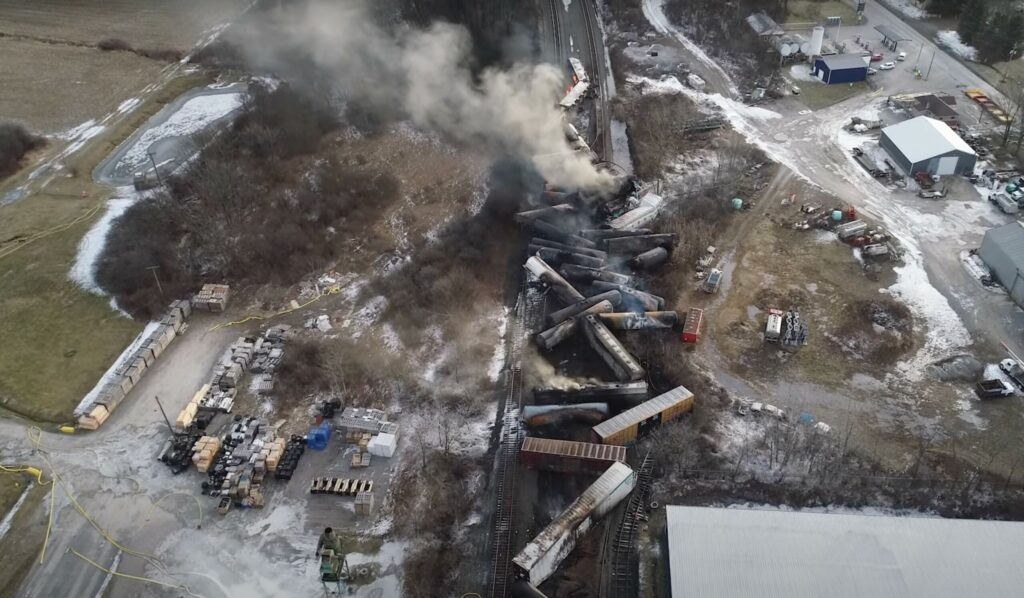During disasters, the needs of people with disabilities are often overlooked. New guidelines aim to change this by supporting individuals with disabilities during petrochemical disasters.
Petrochemical disasters, such as chemical spills, facility fires, transportation accidents, or those caused by climate events like hurricanes, pose a significant risk to people with disabilities. Two co-authors of a new disability-centered guidance for emergency planning during these events emphasize that individuals with disabilities are most vulnerable.
Jason Hallmark from The Climate Reality Project and Hilary Flint, director of communications for the Beaver County Marcellus Awareness Community (BCMAC), were involved in creating “Petrochemical Disasters on Our Warming Planet: Disability Centered Guidance for Emergency Planning,” in collaboration with the Partnership for Inclusive Disaster Strategies.
KARA HOLSOPPLE: Why did you work on this project?
JASON HALLMARK: I have multiple sclerosis, which led me to investigate the intersection of disability and climate, revealing significant disparities in impact and involvement. People with disabilities are often forgotten in disaster situations.
HILARY FLINT: As a cancer survivor with a chronic illness, the project stemmed from lessons learned after the train derailment. We aimed to identify preemptive solutions for petrochemical disasters and ensure readiness for vulnerable communities.
HOLSOPPLE: What are some of the unique needs of people with disabilities during disasters?
FLINT: Safety must be inclusive. In some communities, evacuation efforts overlooked vulnerable individuals. Ensuring awareness and communication for those who may not access traditional media is vital for thorough disaster preparedness.
HALLMARK: Disability needs vary. Evacuation centers must be ADA-compliant, and transportation accessible. Post-evacuation, many with disabilities struggle to return home, highlighting gaps in disaster response planning.
HOLSOPPLE: How can people with disabilities advocate for themselves during disasters?
HALLMARK: I raise awareness on this issue whenever possible. Many with disabilities lack resources, so it’s essential to facilitate their involvement and amplify their voices.
FLINT: Our guidance includes a section on rights advocacy, emphasizing the ADA and state laws like Pennsylvania’s right to clean air and water. Understanding these rights pre-disaster is crucial.
HOLSOPPLE: The guidelines mention the quick declaration of safety by officials. Can you elaborate?
FLINT: After the train derailment, swift official assurances of safety were premature. Experiences in places like Beaver County showed that official safety assessments might not account for all community members, particularly those with disabilities.
HOLSOPPLE: How should the guidelines be used?
FLINT: I hope these guidelines reach municipal governments and petrochemical regions. Engaging industry leaders and policymakers is critical for proactive community protection.
HALLMARK: Disseminating this guide to decision-makers and frontline communities can aid preparedness, especially through organizations focused on mutual aid and immediate disaster response.
Original Story at insideclimatenews.org
